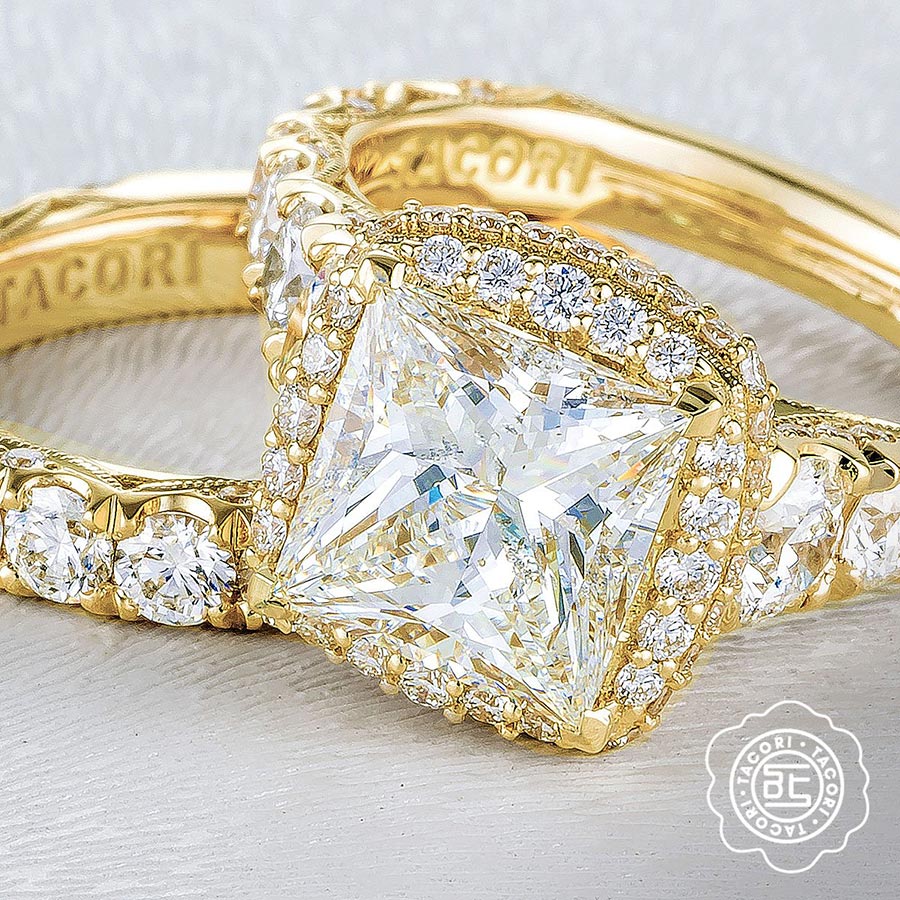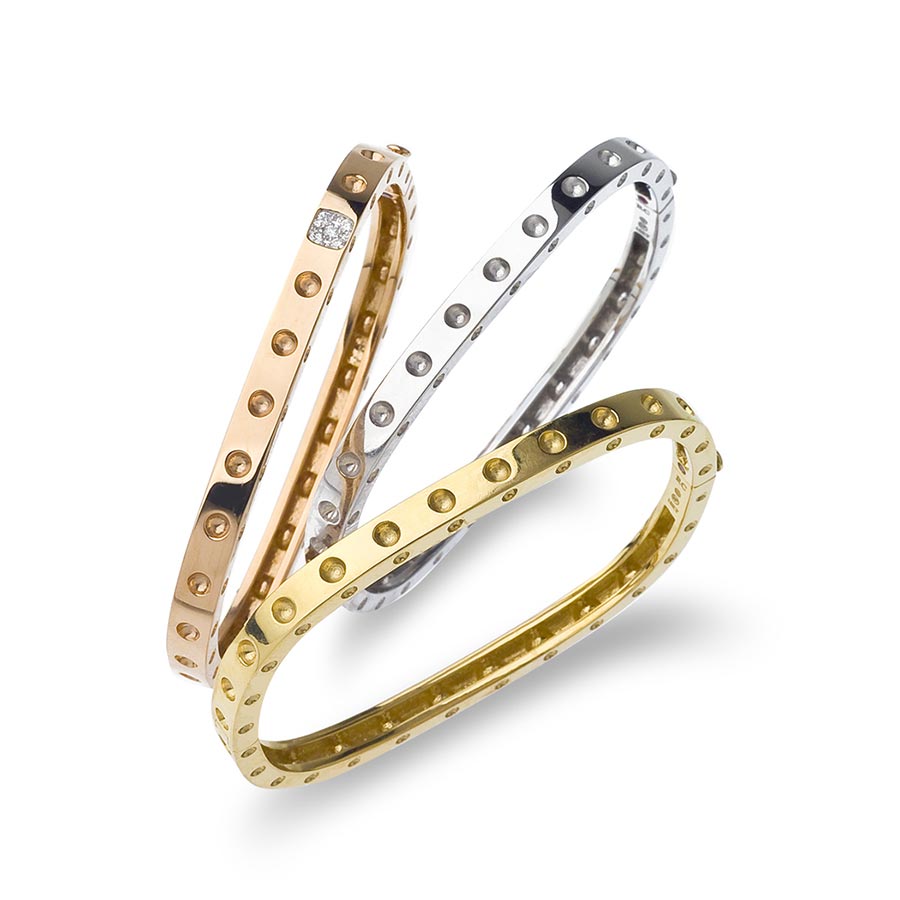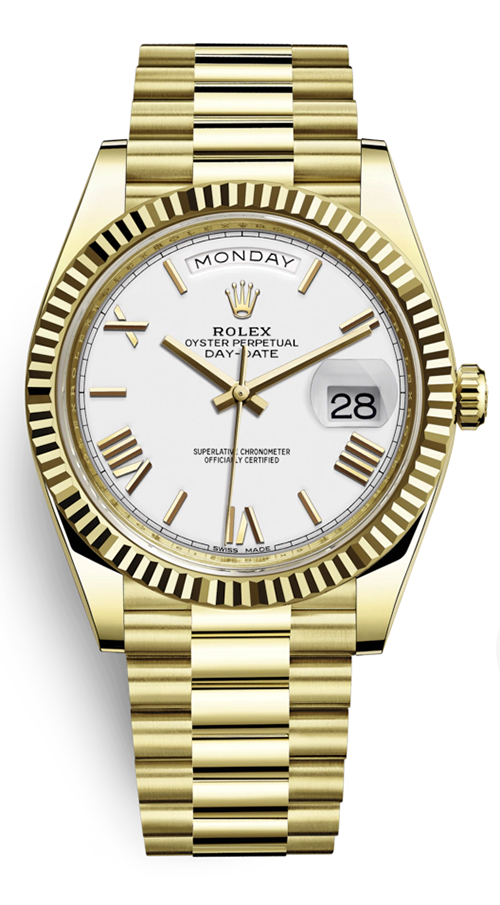Gold Karats
May 24th, 2018
 Nearly 75% of all gold used globally each year is for jewelry and comes in varying karats. Karat, not to be confused with carats (used to measure the weight of a diamond or gemstone), is the percentage of pure gold a mixture of metal is.
Nearly 75% of all gold used globally each year is for jewelry and comes in varying karats. Karat, not to be confused with carats (used to measure the weight of a diamond or gemstone), is the percentage of pure gold a mixture of metal is.
Pure gold is 24kt and although Bruno Mars sings about 24 Karat magic, pure gold would make for anything but magic in jewelry, as gold in its pure form is way too soft to be worn. Pure gold is so soft, that a thin sheet of it could be cut with the average kitchen knife, making it totally impractical to be worn. To make gold wearable, it is mixed with other metals—called alloys—to give it a greater density and to make it strong enough to be worn.
Different alloys in gold help to create different color golds. Gold in its pure form is yellow in color, so changing the alloys helps to achieve different hues. Rose gold, for example, gets its pink color from its copper alloy, whereas white gold is mixed with white metals such palladium to destaurate the yellow color.
 The common standard for gold jewelry in the United States is 14kt gold, which is 58.5% pure gold. Mixed with alloys, the gold becomes durable enough to be worn while still remaining more than half gold. Some jewelry is made to be 10kt gold, which is 41.7% gold, however at Gerald Peters we do not carry anything less than 14kt.
The common standard for gold jewelry in the United States is 14kt gold, which is 58.5% pure gold. Mixed with alloys, the gold becomes durable enough to be worn while still remaining more than half gold. Some jewelry is made to be 10kt gold, which is 41.7% gold, however at Gerald Peters we do not carry anything less than 14kt.
Many of our favorite designers—including Rolex, TACORI, and Roberto Coin—work exclusively in 18kt gold, which is 75% pure gold. 18kt gold is considered a much more precious metal than 14kt gold and is generally a brighter color than its 14kt counterpart. It is a more precious metal and hold a greater value than 14kt and 10kt gold pieces.


